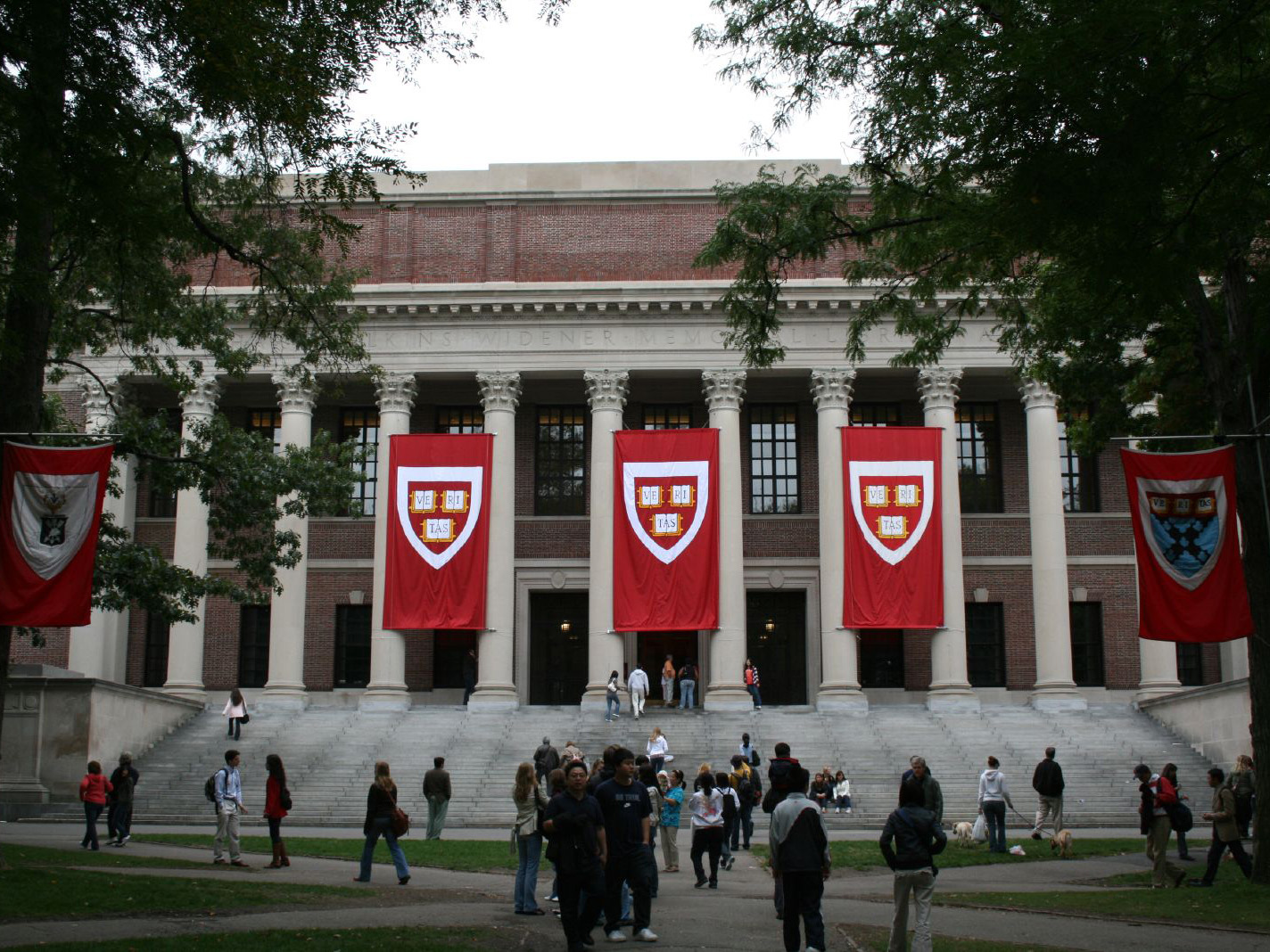
Harvard’s Presidential Commission on the Legacy of Slavery formally acknowledges that slavery was undeniably integral to shaping Harvard University. The university now joins a consortium of more than 80 institutions of higher education called University Studying Slavery, engaged in investigating histories tied to slavery and making efforts to redress the affected communities. The report, however, avoided addressing the distribution of the direct financial reparations for the descendants of enslaved people.
Preceding this report in 2016, the university’s 28th president, Drew Gilpin Faust, publicly acknowledged that “Harvard was directly complicit in America’s system of racial bondage from the College’s earliest days in the 17th century until slavery in Massachusetts ended in 1783.” This report builds on the preliminary investigation of the researcher Caitlin Glante De Angelis.
From the university’s founding in 1636, until the Massachusetts Supreme Judicial Court found slavery unlawful in 1783, the report identified more than 70 Black and Indigenous people enslaved by Harvard faculty, staff and leaders. Throughout this period, and even into the 19th century, the university benefitted from its extensive ties to slavery. The university profited from its own financial investments in Caribbean sugar planters, rum distillers, plantation suppliers and its investments in cotton manufacturing. Early Harvard benefactors accumulated their wealth through slavery: slave trading, labor of enslaved people on plantations throughout the American South and Caribbean Islands and the Northern textile manufacturing industries that interacted with institutions of slavery through the cotton trade. The involvement of these benefactors were critical in the university’s early development, and their contributions are memorialized throughout the campus landscape giving physical evidence of Harvard’s roots in slavery and reminders of the history that the university must reckon with.
While more white Northerners turned against slavery with the advent of the Fugitive Slave Act of 1850 and the rise of abolitionist sentiment in the Commonwealth, Harvard proved unwilling to participate in anti-slavery efforts. Many of its leaders subscribed to scientific theories and practices rooted in racial hierarchy, eugenics, racial exclusion and discrimination. It would legitimize racist views among generations of scientists, medical researchers and political leaders to produce devastating consequences. Some of its most prominent voices sought to suppress antislavery sentiment. Harvard provided an intellectual framework to justify the exclusion and marginalization of Black and Indigenous people that would endure into the 20th century.
The Committee on Harvard and the Legacy of Slavery offered several recommendations that would guide the process of reckoning and repair. These were to engage and support descendants’ communities by leveraging Harvard’s excellence in education; honor enslaved people through memorialization, research, curriculum and knowledge dissemination; develop enduring partnerships with Black colleges and universities; identify, engage and support direct descendants; establish an endowed legacy of slavery funds to support the university’s reparative efforts; ensure institutional accountability.
Institutions can and do change, as the attitudes of the people inside them evolve. From a college defined by its exclusive enrollment of white men from elite backgrounds, Harvard has become an institution that seeks to educate students regardless of gender, race, nationality or economic status. Influenced by changing socio-political paradigms, institutions like Harvard are now reckoning with this past and seeking to make amends for these wrongs.
Much remains to be done as institutions like Harvard attempt to rectify the consequences of disenfranchisement that has accumulated for current generations. Reparations, of course, should include restoring a balance from within affected communities and empowering autonomous healing through arts, culture, language, education, emotional and mental health services. It must also include pressure on state accountability as well as community-driven responses. Colleges that have committed to these efforts make available meaningful redistribution of resources that were robbed from Black and Indigenous communities. The institution’s active investment in redress is an important step that holds promise for a more comprehensive effort not only to diversity and providing accessibility to higher education, but also settling the dilemma of global U.S. state violence, injustice and racial atrocities while repairing histories of harm.







